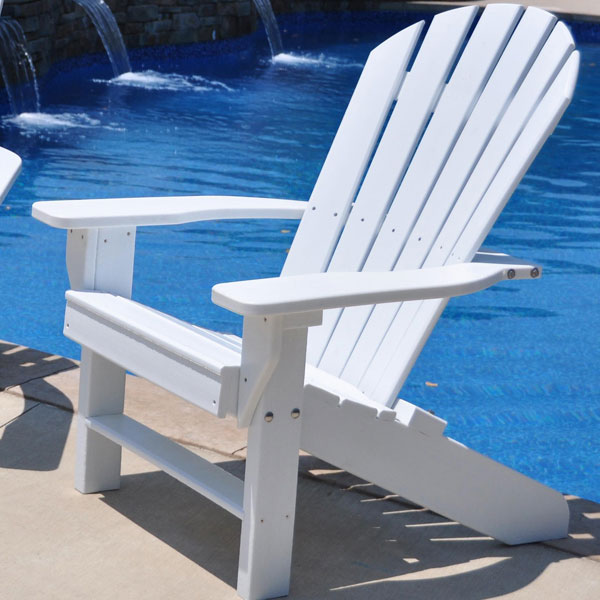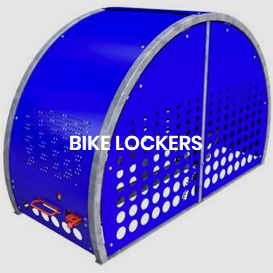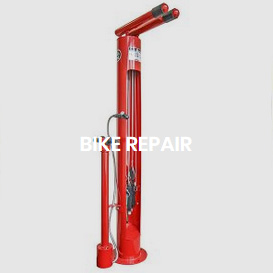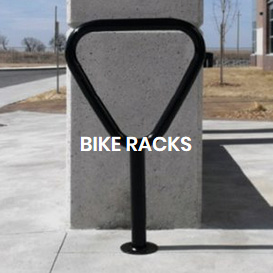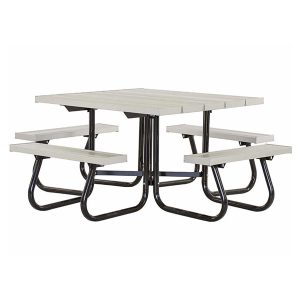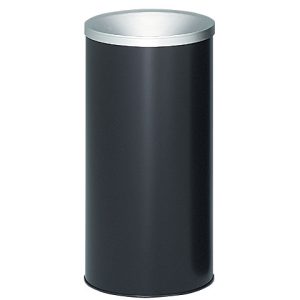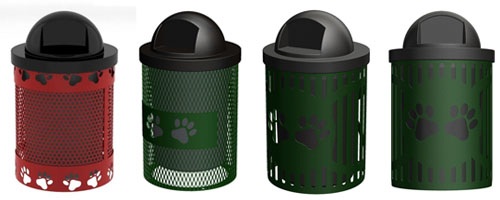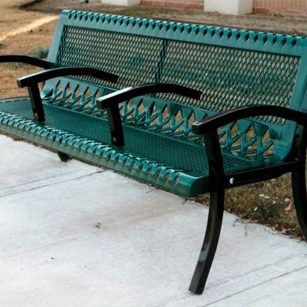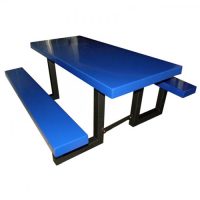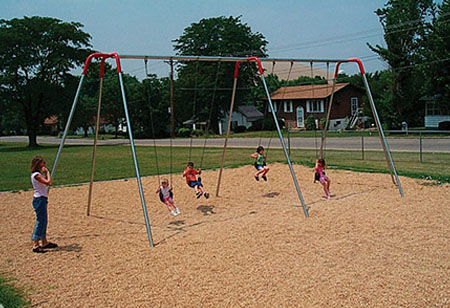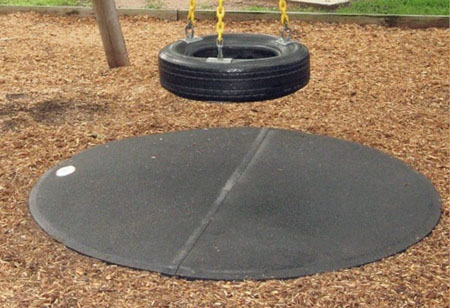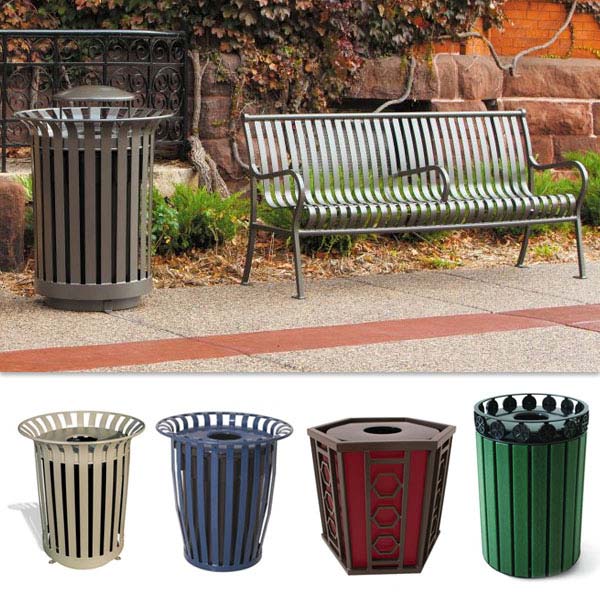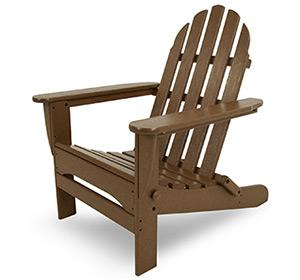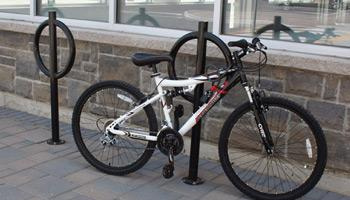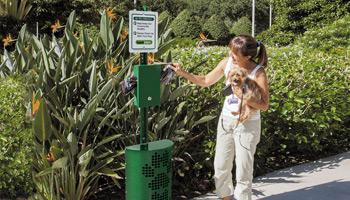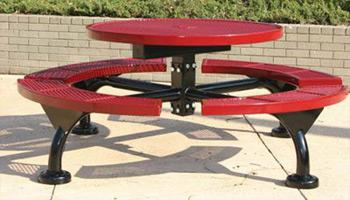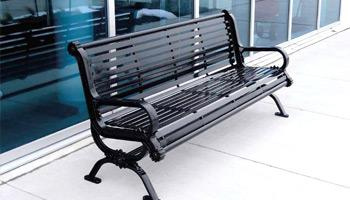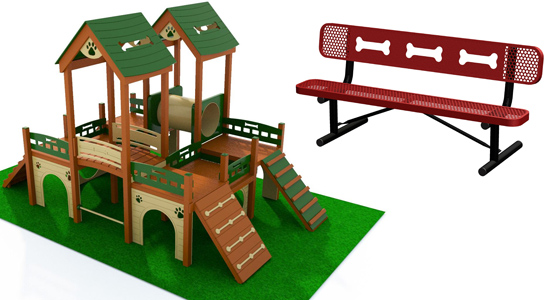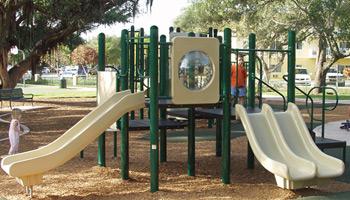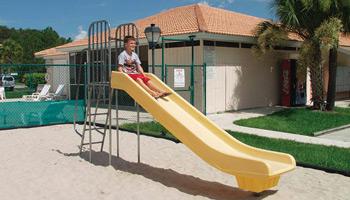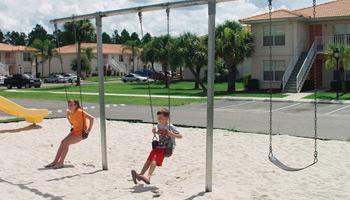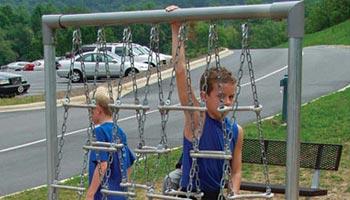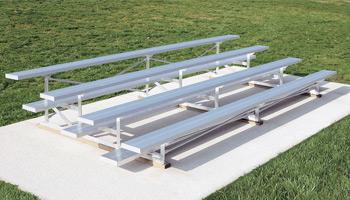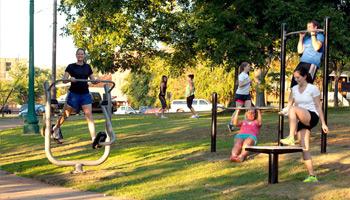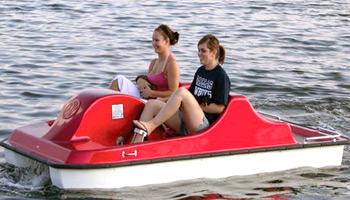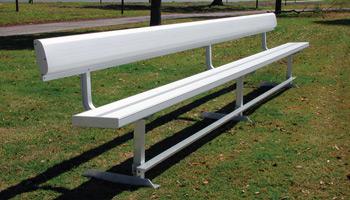Seating for venues such as theaters and sports arenas have come a long way in recent years, with bleachers leading the way. Gone are the days of splintery wooden bleachers, and whether fans and patrons are seated in no-rise low-rise, portable, aluminum, retractable or plastic varieties or grandstand the modern bleacher is a great way for people to get close to what they have come to see.
One important aspect of modern day bleachers is making sure that they are up to code. Safety officials, such as firefighters and building inspectors, will make thorough checks to ensure that bleachers are properly secured, and provide a proper means of exit in the event of an emergency. Considerations other than safety include cost and the maximum and minimum number of possible spectators. It is generally considered proper to apportion 18 inches for each expected spectator in order to provide both comfort and efficient use of space.
Portable bleachers, such as tip-N-roll bleachers and low rise bleachers, are a good choice for those with several facilities where bleachers are needed. More suitable for smaller venues, this variety generally comes with a greater underside bracing. One of the more popular transportable bleacher is the tip-N-roll bleacher variety. As the name implies, this bleacher can be easily tipped onto retractable wheels and rolled to different locations. Other types of portable bleachers also employ wheels, are light enough to be carried, or are telescopic bleachers, in that they can be fitted into stacks for easy movement.
Bleachers which retract to lay flat against a wall are common choices in high schools and gyms where they can be easily put up in order to provide greater amounts of room when seating is not necessary.
Grandstand bleachers are familiar to those who have attended major sporting events. These I-beam supported bleachers are the standard for basketball, football, soccer and baseball arenas where tens of thousands of fans are in attendance. Often, this type of permanently placed bleacher gradually becomes steeper as the seats become more elevated, allowing more seating and better views for those at a higher level.
Bleachers that are composed a single row of bleachers placed parallel to one another are called non-elevated bleachers. This popular variety sits approximately a foot and a half off the ground and is braced with aluminum or steel.
Low-rise bleachers usually have four levels, each a foot and a half higher than the last. This type of bleacher sometimes is equipped with side passages, but many types do not have this feature, requiring that spectators clamber up the bleachers as if they were stairs.
Many features can be added to modern day bleachers such as wheelchair accessibility, built in press boxes, lighting and handrails. Outdoor bleachers can be fitted with awnings to keep sun, rain and snow off of spectators and special powder coatings can be applied to the entire bleacher structure in order to reduce the wear and tear of patrons and the elements.
Endless combinations of materials, dimension and features mean that modern consumers have plenty of choices when it comes to bleachers.

